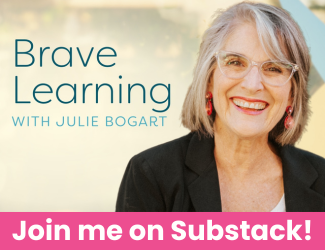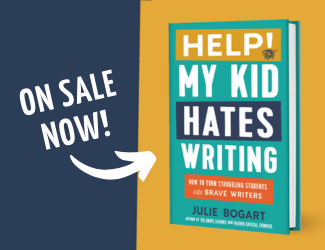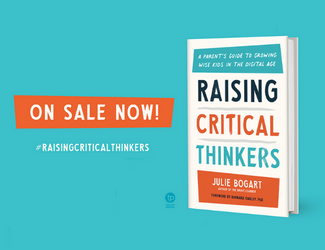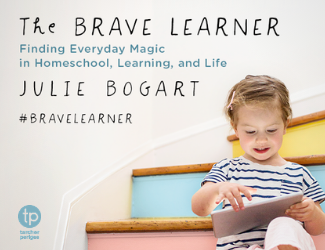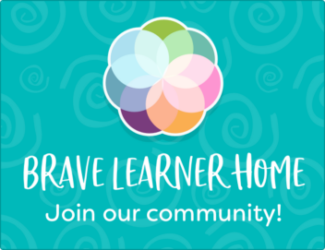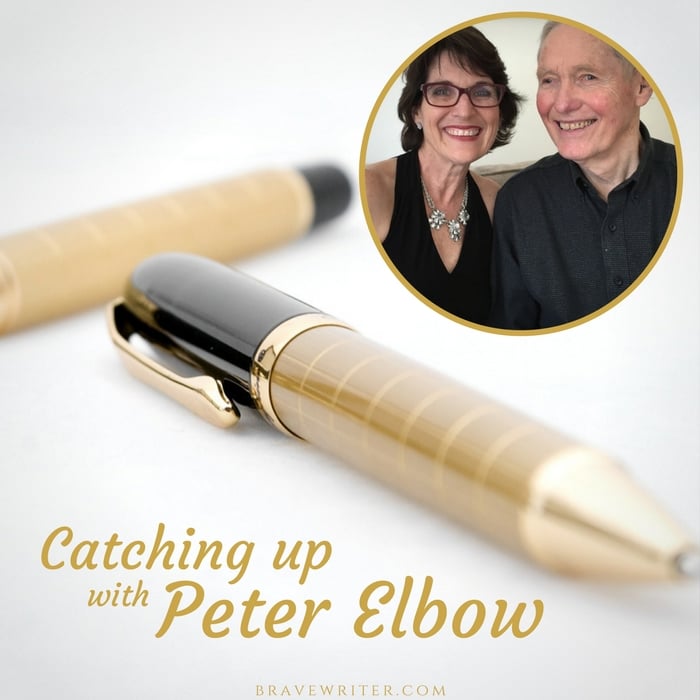
Peter Elbow is one of our favorite people here at Brave Writer! His ideas and published works about writing have greatly influenced our philosophy and practices.
Although he does not take credit for creating the idea of freewriting, Dr. Elbow has helped to popularize the practice and bring it further into the public consciousness, for which we are very grateful. Freewriting is an essential component of the Brave Writer Lifestyle (check out our writing prompts every Friday!).
Dr. Elbow has a helpful website, which hosts a vast amount of information and resources including:
- PDF of the first four pages of his book Writing Without Teachers
- tables of contents from his books
- reviews of his most recent book
- scholarly articles
Take a look around the site and hopefully you’ll end up as big a fan of Dr. Elbow as we are. And while you’re at it, watch our interview with Dr. Elbow from 2016!














